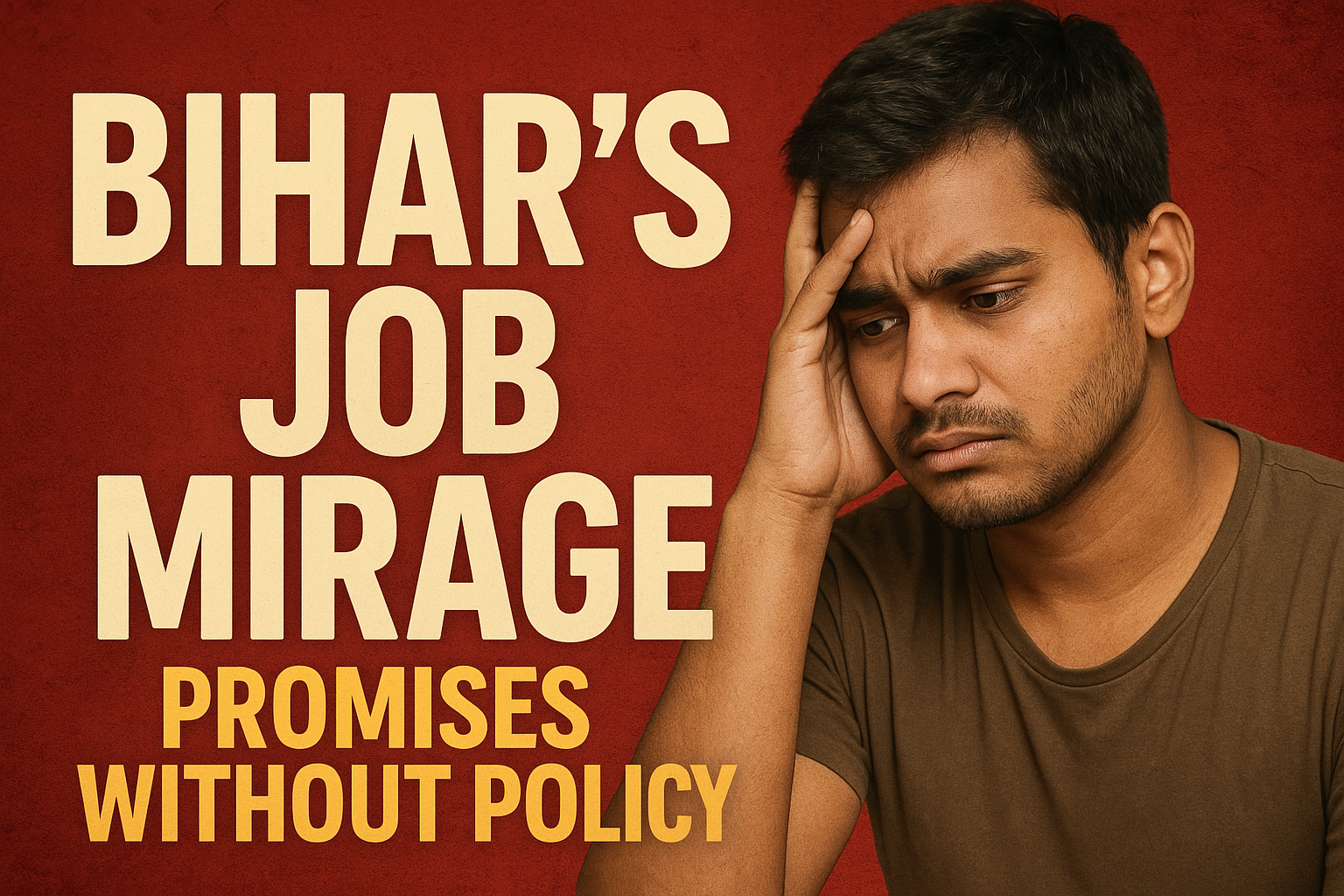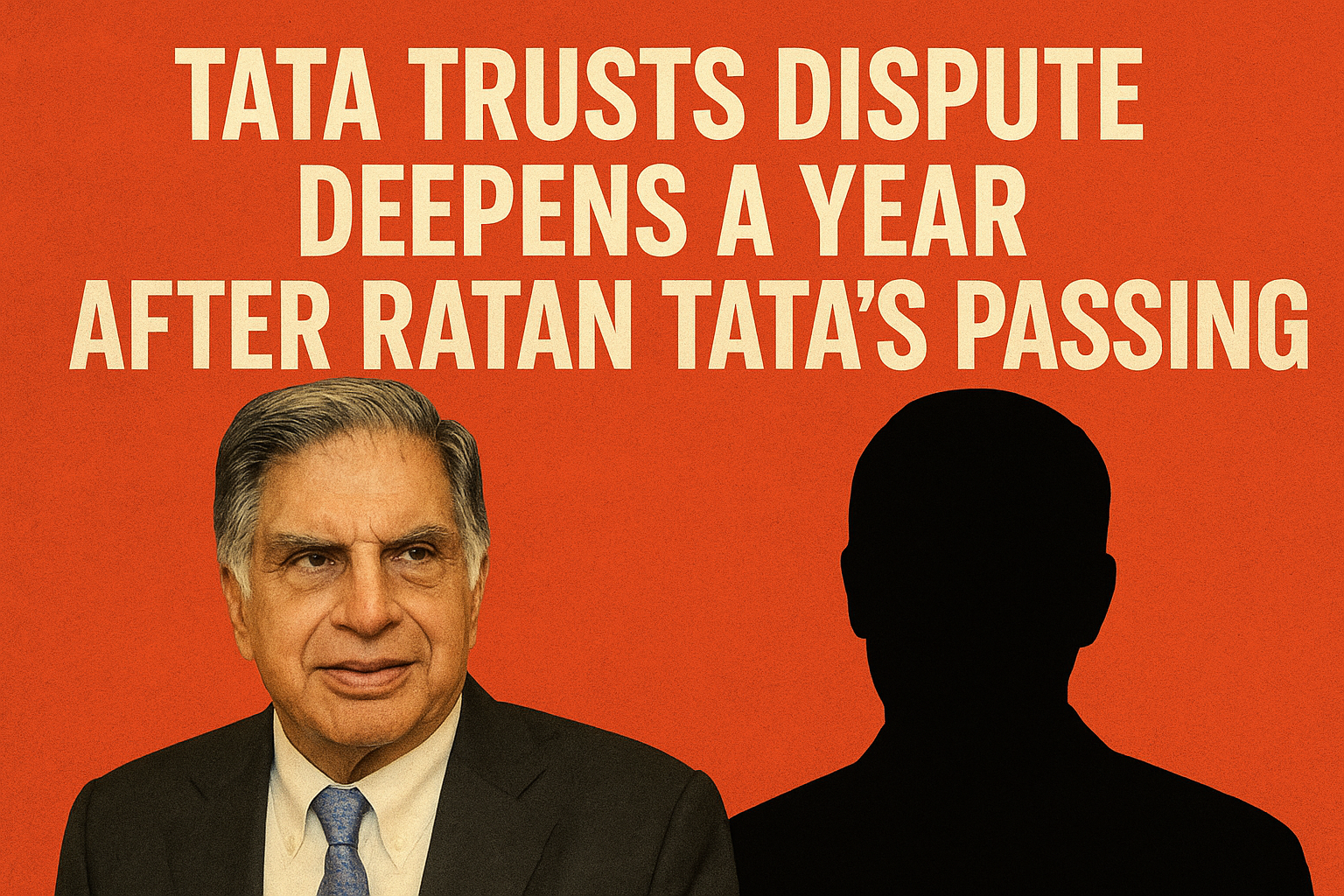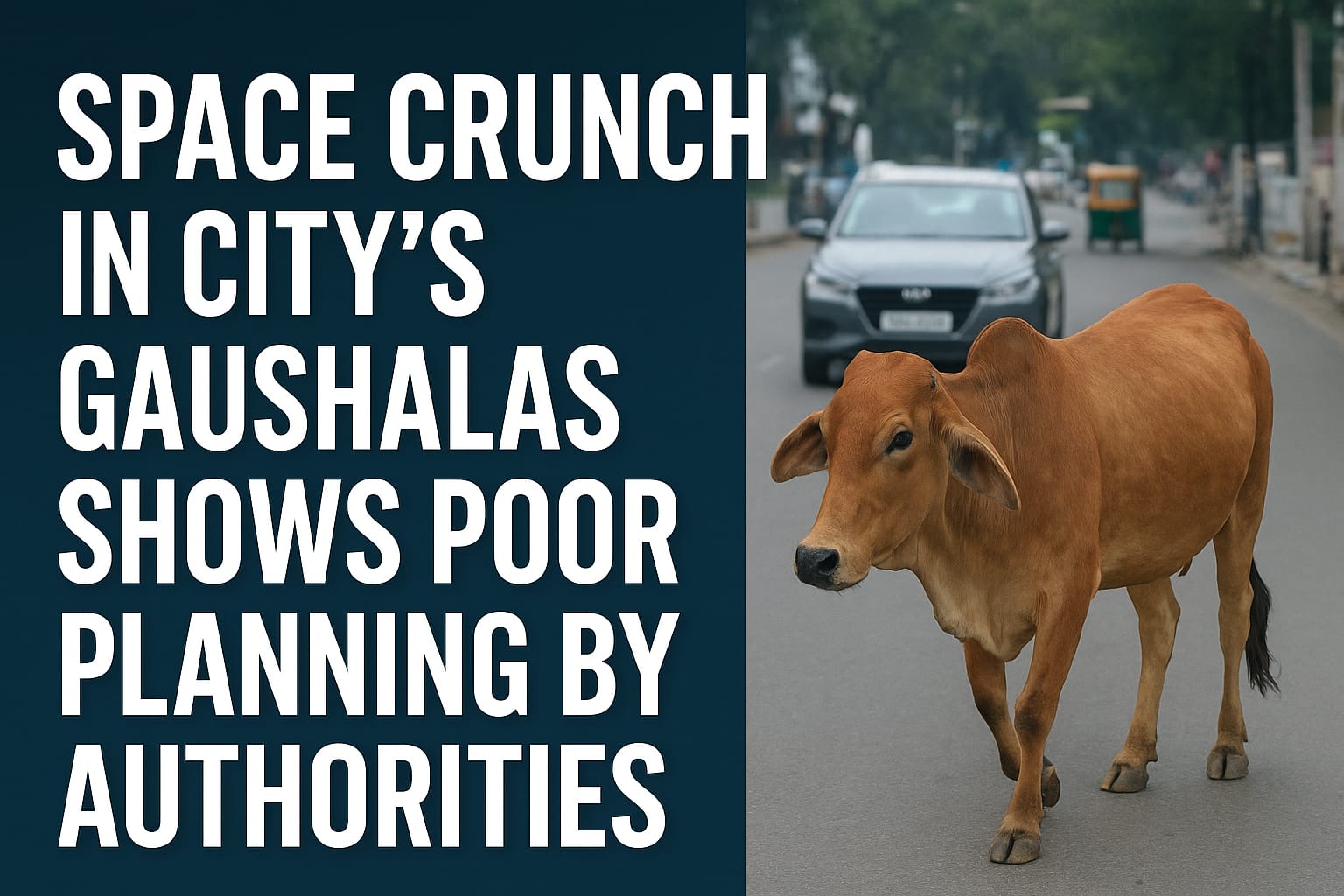
The situation of stray cattle in Delhi has once again exposed the lack of planning and urgency on part of the administration. According to the Municipal Corporation of Delhi (MCD), no new cow shelters, or gaushalas, have been constructed in the last 20 years. This has created a crisis of space in existing shelters that are already overcrowded and struggling to manage the rising number of stray animals.
MCD’s veterinary department data shows that the four official shelters house nearly 20,485 cows, which is already well beyond their combined sanctioned capacity of 19,838. The city continues to report thousands of stray cattle on its streets, leading to traffic problems and, at times, even accidents.
In the late 1990s, six official shelters were opened in areas like Narela-Bawana and Najafgarh. Over the years, however, one unit closed during the initial phase, while the Acharya Sushil Muni Gaushala was shut down in 2018. Officials blamed its closure on mismanagement and rising deaths of animals due to poor care. This closure further increased the burden on other shelters, but no fresh facilities were developed despite repeated appeals.
The MCD’s own committee members have also raised concerns over this matter. In a recent meeting, Narela zone councillor Anju Devi pointed out that even though shelters exist in the area, operators are refusing to accept cattle due to shortage of space. She suggested that the administration should immediately seek help from neighbouring states until more facilities are opened.
The existing shelters are running well over their capacity. Harewali shelter, for example, currently houses 4,016 cows, while its sanctioned limit is 3,270. Sultanpur Dabas has 8,701 against 7,844, Revla Khanpur has 2,983 against 3,488, and Surhera has 4,785 against 5,232. This shows how every shelter is under stress, and the condition of animals inside has become a matter of worry.
Officials say that the Narela shelters have stopped taking cattle, and Najafgarh is only being used for emergency cases. They admit that new facilities are the need of the hour and that reopening of closed shelters like Acharya Sushil Muni Gaushala should be taken up at the earliest. “Operators are reluctant to accept new cattle as they lack the space to keep them. This is leading to rising deaths and poor living conditions,” a senior official said.
The shortage of shelters has not only created a management problem but also increased risks on the road. Stray cattle wandering on busy streets often cause traffic jams and sometimes accidents. Residents from several localities have complained about this but with little response. The lack of timely action has left both the shelters and the animals in a state of crisis.
If Delhi does not act quickly to build new shelters and improve the existing ones, the condition of stray cattle is likely to worsen. The issue is not only about animal welfare but also about public safety and urban management. Authorities must recognize that ignoring the problem further will only lead to bigger challenges in the future.




.jpeg)
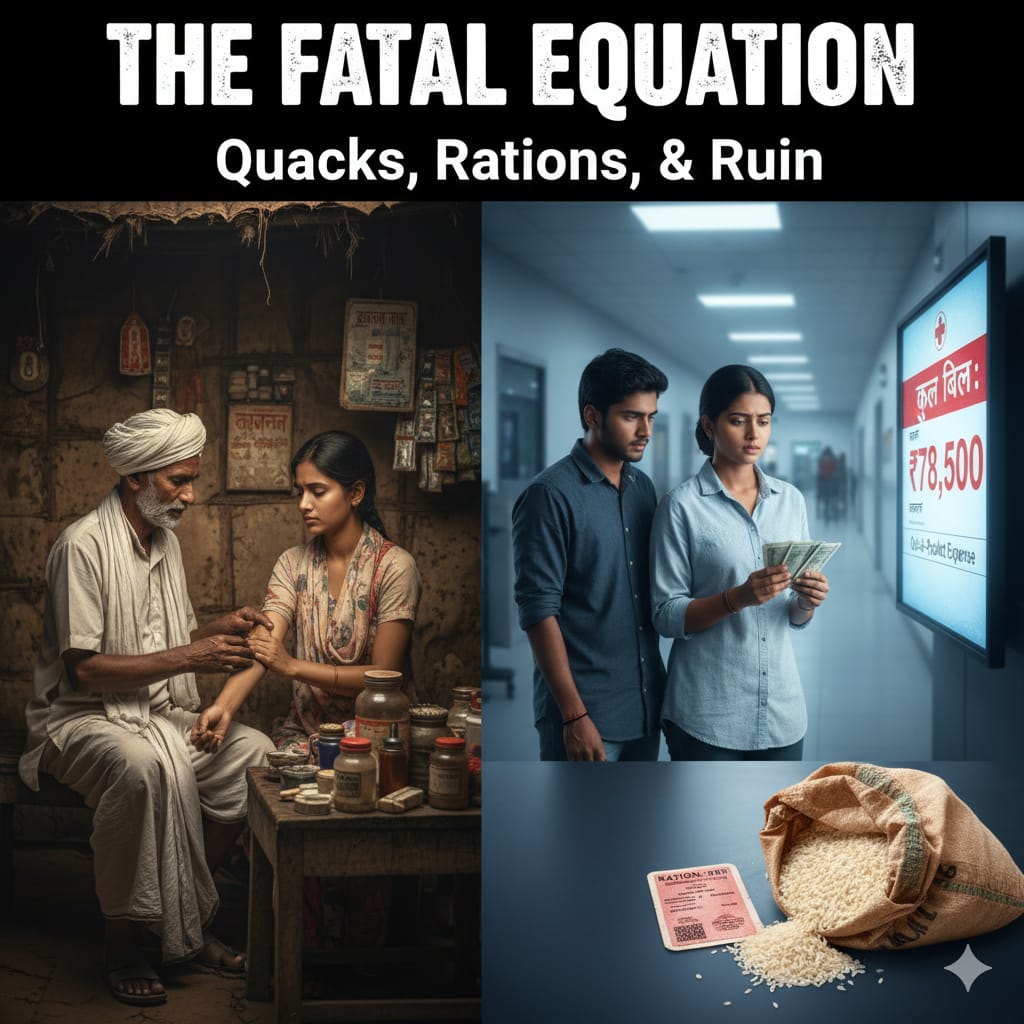
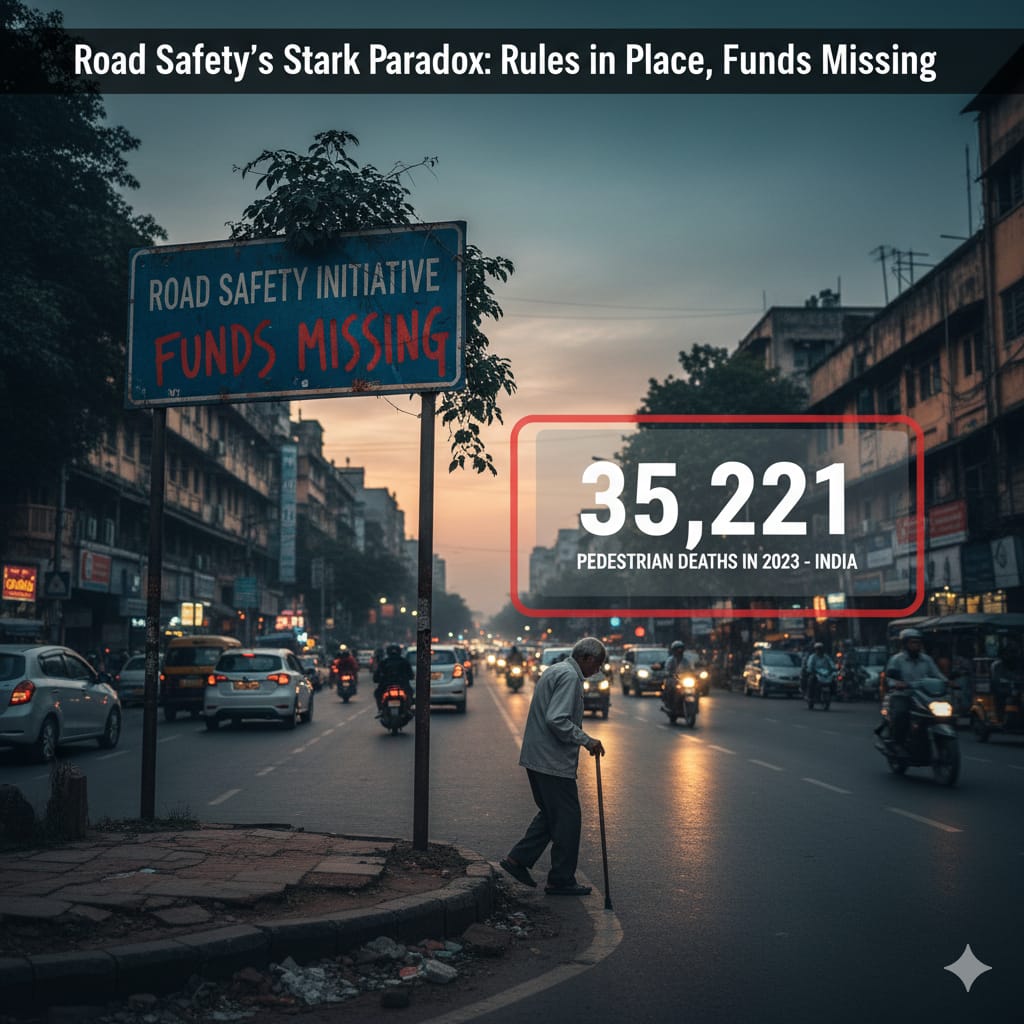
.jpeg)




.jpeg)




